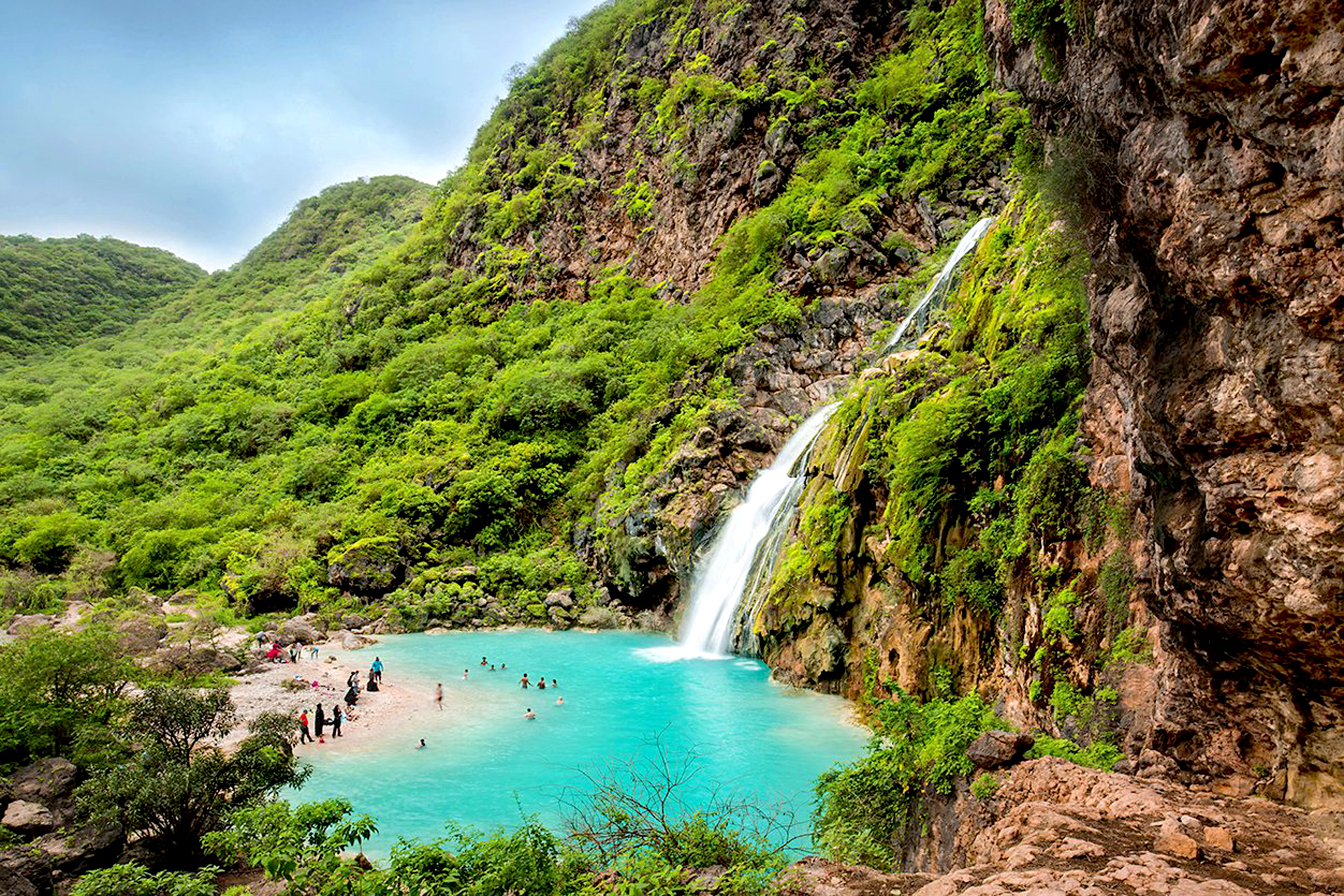POPULATION
440.000
CURRENCY
OMANI RIAL
TIMEZONE
GMT +4:00
LANGUAGE
ARABIC
WEATHER
JULY 28ºC /
JANUARY 21ºC
AIRPORTS
Salalah International Airport.
HISTORICAL IMPORTANCE OF SALALAH
Salalah, located in the southern region of Oman, holds significant historical importance due to its strategic location on the ancient trading routes of the Indian Ocean. Historically, Salalah was a major trading hub for frankincense, which was highly prized and traded across the ancient world. The city's prosperity and influence grew due to its role in the frankincense trade, which brought wealth and cultural exchange to the region. Salalah's rich history is also intertwined with the kingdom of Sheba (Saba), as it was believed to be a major port for the kingdom's maritime activities. Additionally, Salalah has been inhabited for thousands of years, with archaeological evidence indicating early settlements dating back to the Bronze Age. Today, Salalah's historical importance is celebrated through archaeological sites, museums, and festivals that highlight its ancient trade routes and cultural heritage.
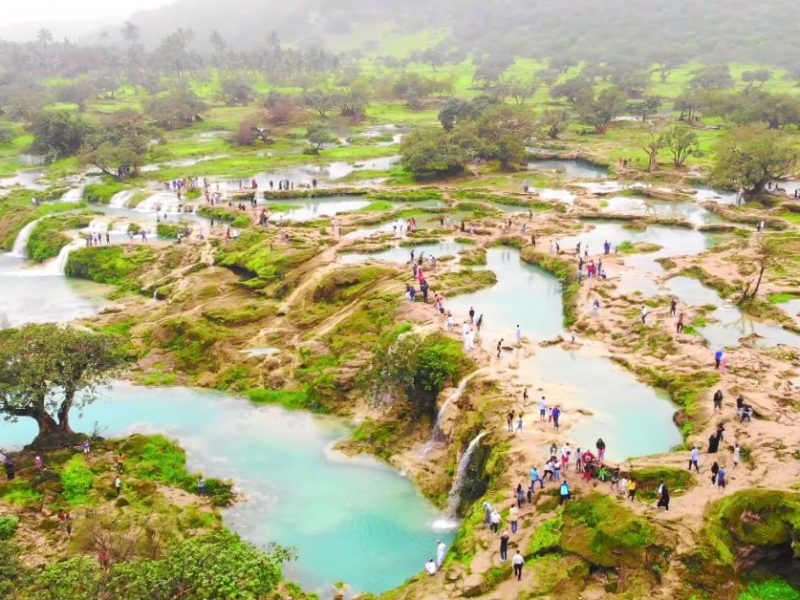
PERFUME CAPITAL OF ARABIA
Salalah holds the title of the "Perfume Capital of Arabia" due to its deep-rooted association with frankincense, a resin harvested from Boswellia sacra trees native to the region. For millennia, Salalah has been a pivotal center for the production, trade, and ceremonial use of frankincense, prized for its aromatic qualities in perfumes, incense, and traditional medicine. The resin's extraction process involves careful incisions in the tree bark, allowing the milky sap to harden into droplets that are collected and processed into various products. This historical trade has not only shaped Salalah's economy but also its cultural identity, with frankincense playing a significant role in local customs, festivals, and artisanal craftsmanship, making Salalah a destination where visitors can immerse themselves in the ancient art of perfumery and explore its rich historical heritage.
WHEN IS THE BEST TIME TO VISIT SALALAH?
The best time to visit Salalah is during the Khareef season, which typically runs from June to September. This period is characterized by cool temperatures, lush green landscapes, and occasional drizzles brought by the southwest monsoon winds. The Khareef season transforms the usually arid region into a verdant paradise, making it an ideal time for nature lovers and photographers to explore Salalah's scenic beauty. The months immediately following the Khareef season, from October to February, also offer pleasant weather with cooler temperatures, making it another favorable time to visit. However, for those interested in experiencing Salalah's unique natural phenomenon and vibrant cultural festivals, planning a trip during the Khareef season is highly recommended.
TRANSPORTATION TO SALALAH
Salalah is accessible by both air and road, offering convenient transportation options for travelers. Salalah Airport (Salalah International Airport) serves as the main gateway to the region, with direct flights connecting it to major cities in the Middle East, as well as some international destinations. Airlines like Oman Air, Emirates, and Flydubai operate regular flights to and from Salalah. Within the city, transportation options include taxis, rental cars, and ride-hailing services, which provide flexibility for exploring Salalah and its surrounding attractions. For those traveling from other parts of Oman or neighboring countries, Salalah is also accessible by road via a well-maintained network of highways. Whether arriving by air or road, visitors to Salalah can easily access its natural wonders, historical sites, and vibrant cultural experiences throughout the year.
KHAREEF
Khareef is a unique weather phenomenon that occurs in the Dhofar region of Oman, particularly around Salalah, during the summer months from June to September. Unlike the hot and arid climate typical of much of Oman, the Khareef season brings cool temperatures and heavy mists due to the southwest monsoon winds that sweep across the Arabian Sea. These winds bring moisture-laden clouds inland, causing the usually brown and rocky landscape of Dhofar to transform into lush greenery and rolling hills dotted with seasonal waterfalls. The Khareef season is celebrated for its natural beauty and agricultural benefits, as it rejuvenates the region's vegetation and supports local farming activities. It also attracts tourists from across Oman and neighboring Gulf countries who flock to Salalah to escape the summer heat and immerse themselves in the region's refreshing climate and scenic landscapes. The season is also marked by cultural festivals and events that showcase Dhofar's rich heritage, making it a popular time for visitors to experience the unique charms of southern Oman.
THINGS TO DO AND PLACES TO VISIT
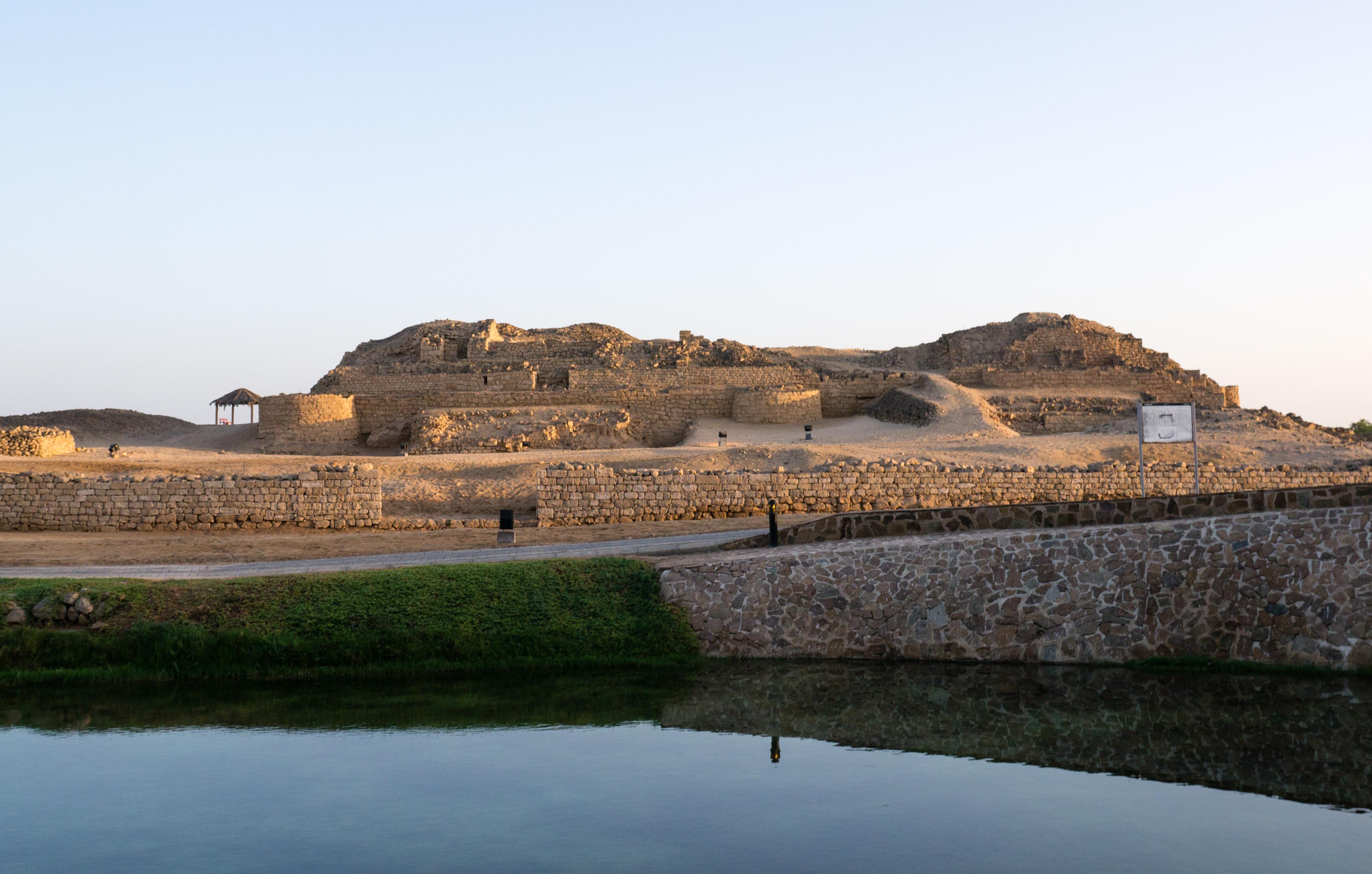
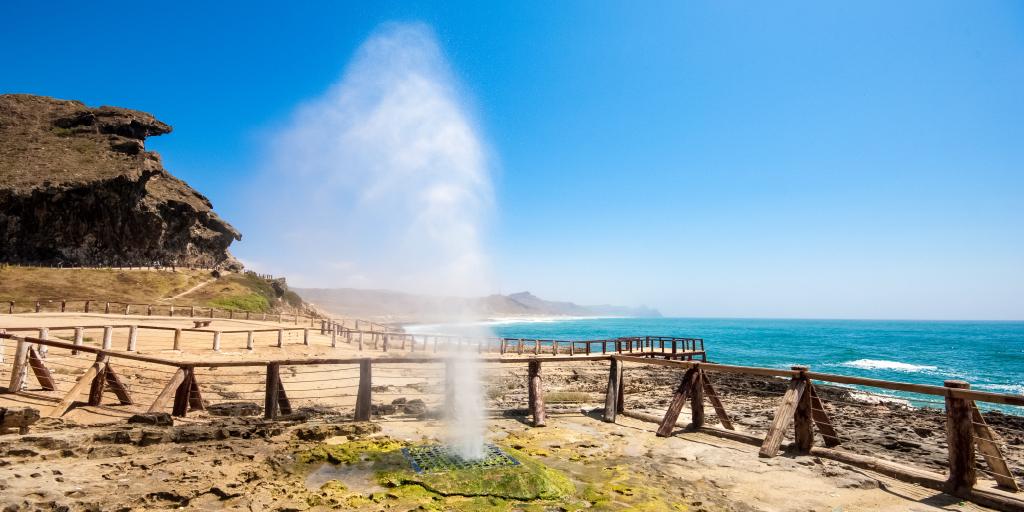
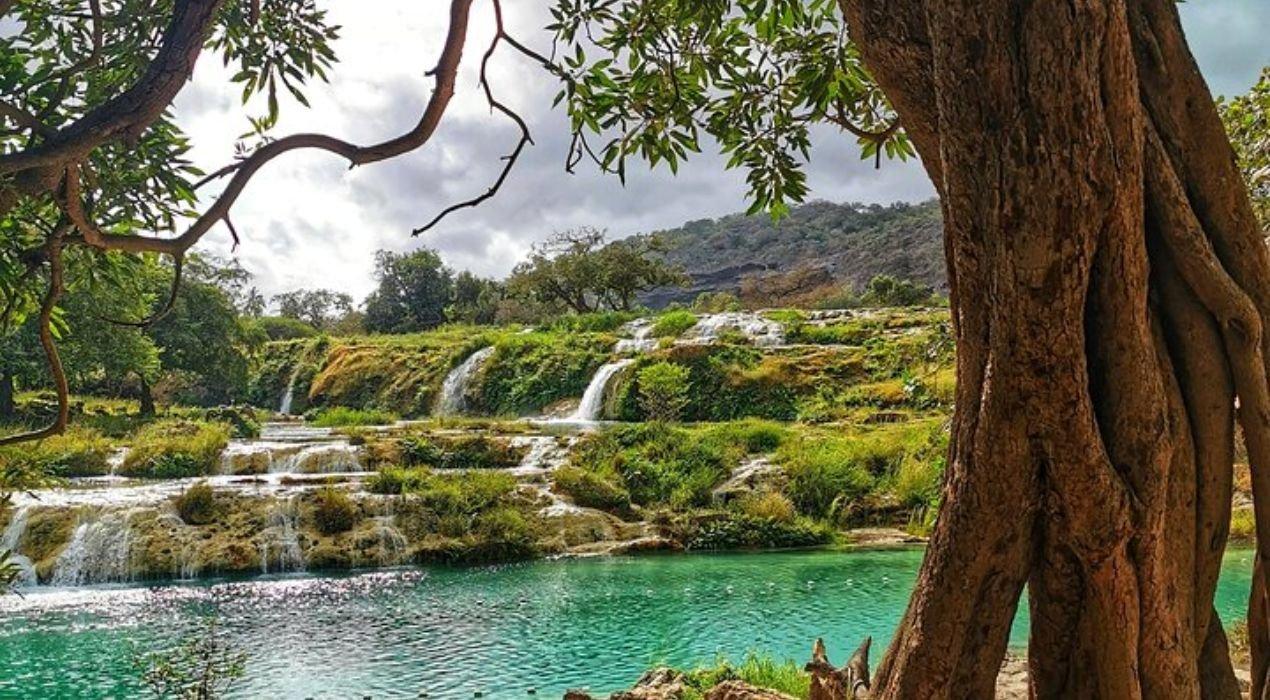
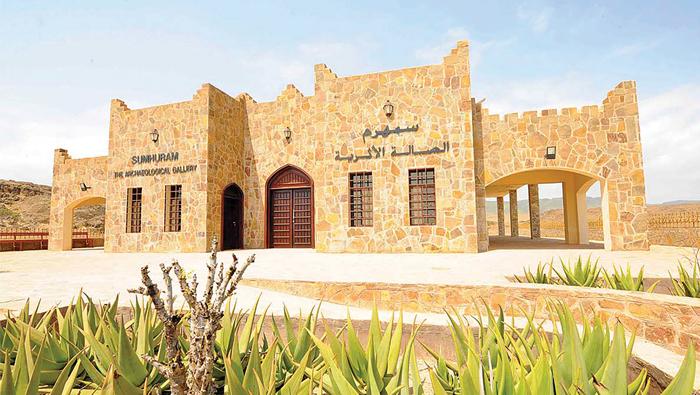
WHAT TO EAT IN SALALAH
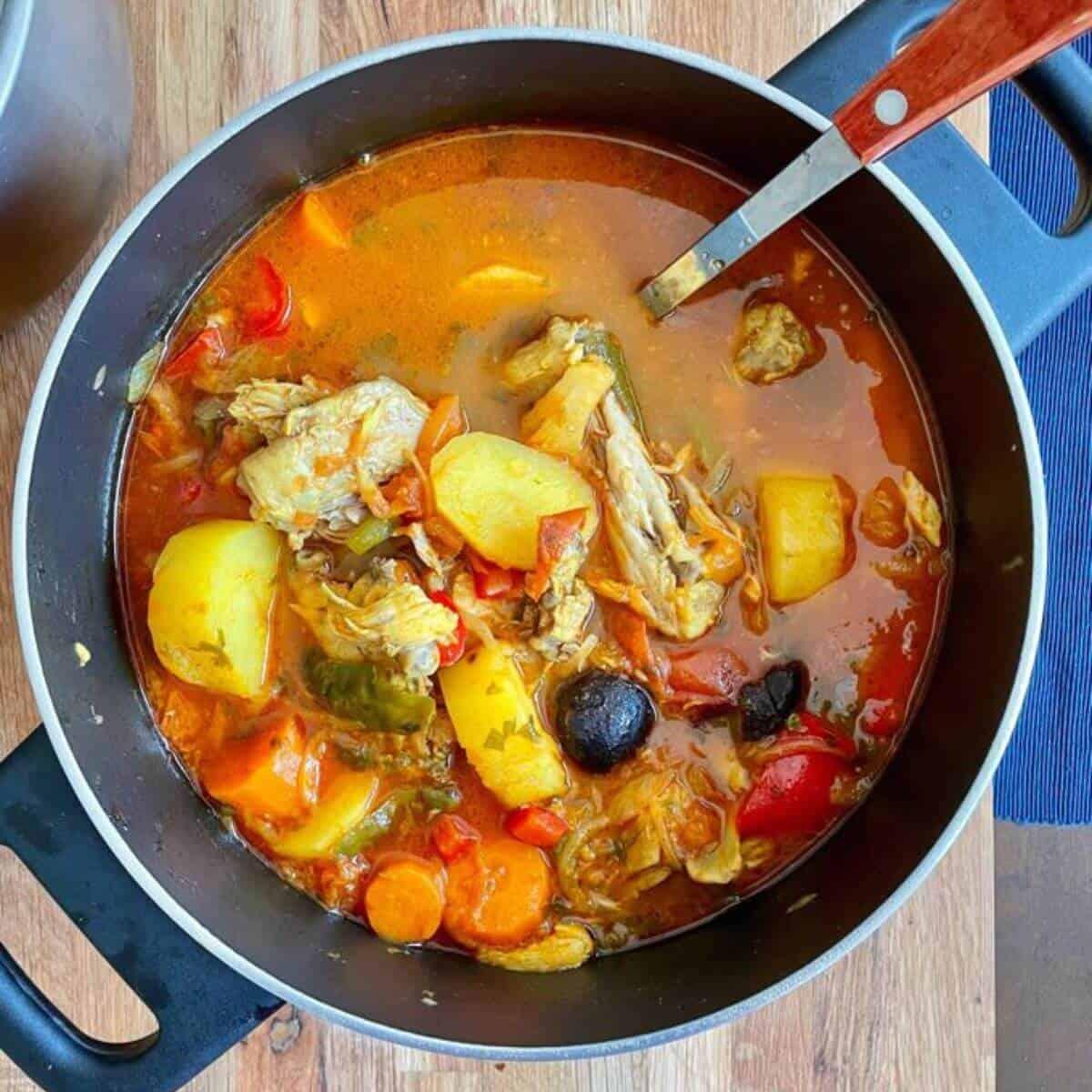
SALOONA
Saloona, also spelled Saloona or Salona, is a traditional Omani dish that reflects the country's culinary heritage and rich flavors. It is a hearty stew typically made with meat, such as chicken, lamb, or beef, cooked with a variety of vegetables and aromatic spices. Common vegetables used in Saloona include potatoes, carrots, tomatoes, and onions, which are simmered together to create a flavorful broth. The dish is known for its warming qualities and comforting taste, making it popular especially during cooler months or for festive occasions. Saloona is often served with fragrant rice or flatbreads like khubz, allowing diners to enjoy the dish's robust flavors and wholesome ingredients. Its simplicity and versatility have made Saloona a staple in Omani cuisine, enjoyed by locals and visitors alike for its nourishing and satisfying qualities.

DATES
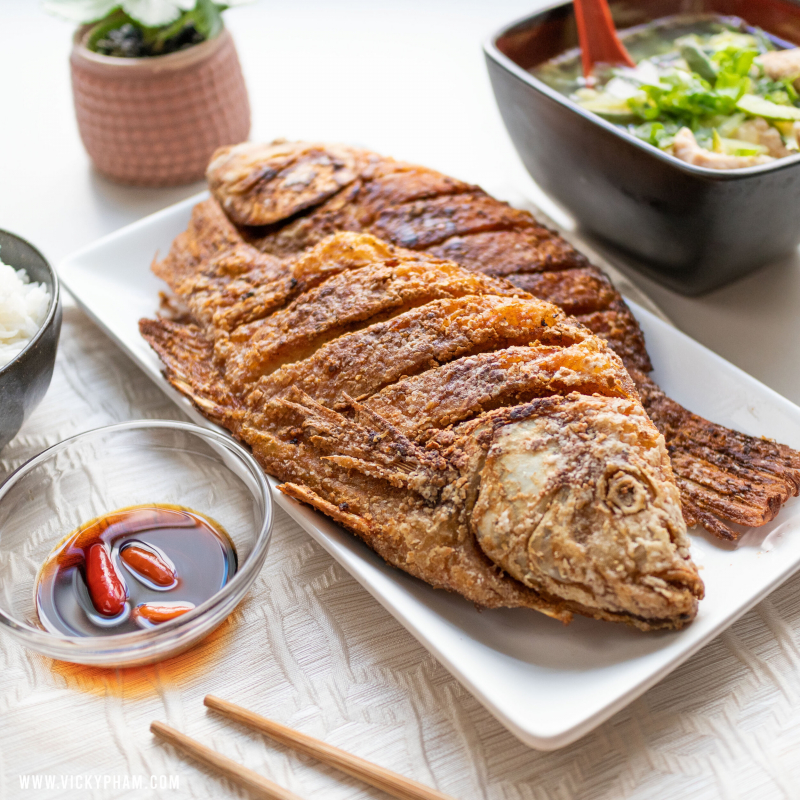
MASHUAI
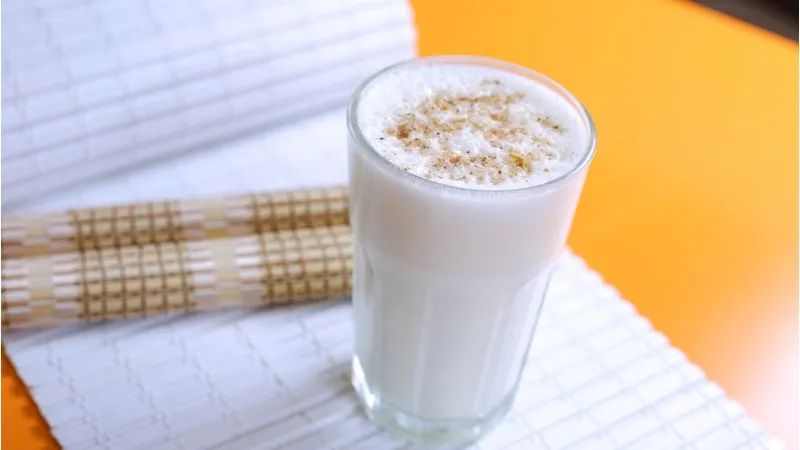
LABAN
Luban, also known as Laban or Laban Rayeb, is a traditional drink from Oman that holds cultural significance and is enjoyed for its refreshing qualities. It is made from fermented buttermilk, which is churned and then left to ferment naturally. This fermentation process gives Luban its characteristic tangy flavor and slightly thick consistency. Luban is often served chilled and may be flavored with spices such as cumin or mint, enhancing its refreshing taste. It is a popular beverage throughout Oman, especially during hot weather, and is known for its digestive properties and cooling effect. Luban is also appreciated for its role in Omani hospitality, often served to guests as a welcoming gesture in homes and gatherings across the country.
HOW MANY DAYS SHOULD YOU SPEND IN SALALAH?
The ideal duration to spend in Salalah largely depends on your travel interests and what you wish to experience. For a comprehensive exploration of Salalah and its surroundings, including the unique Khareef season if you plan to visit during that time, spending around 3 to 4 days is recommended. This timeframe allows you to visit key attractions such as the vibrant souqs, historical sites like Al Baleed Archaeological Park, and natural wonders such as Mughsail Beach and the lush greenery brought by the Khareef monsoon. Additionally, you'll have time to enjoy local cuisine, participate in cultural festivals if they coincide with your visit, and take leisurely drives along scenic coastal routes or into the surrounding mountains. Adjust your stay based on whether you prioritize relaxation, exploration, or specific activities like hiking or visiting historical sites.
